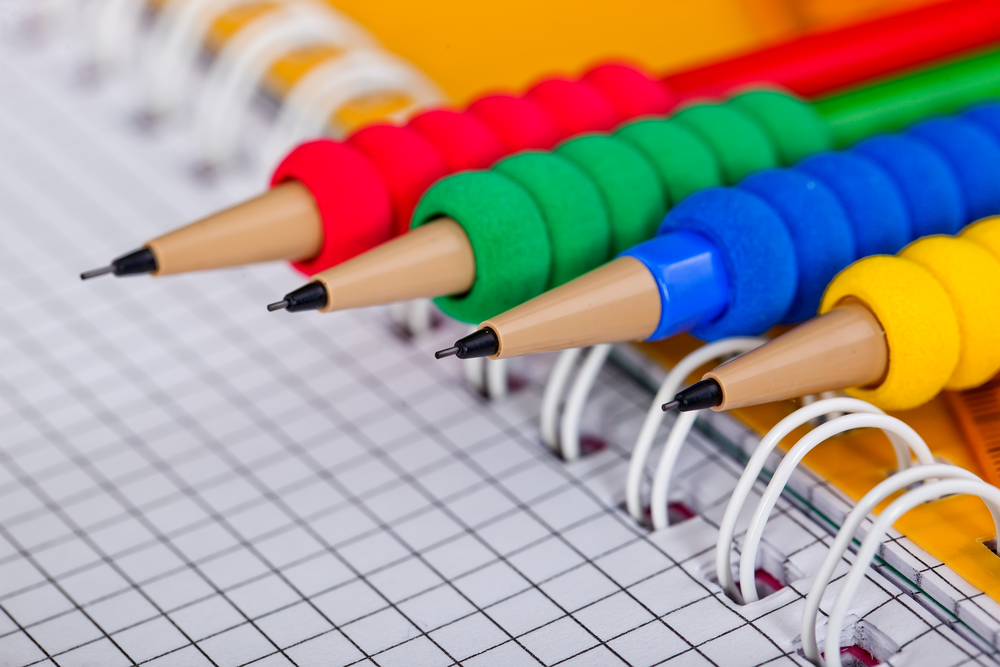Credit
A High School Economics Guide
Supplementary resources for high school students
Definitions and Basics
Credit, from Dictionary.com
Definition: credit:
- 5. confidence in a purchaser’s ability and intention to pay, displayed by entrusting the buyer with goods or services without immediate payment.
- 6. reputation of solvency and probity, entitling a person to be trusted in buying or borrowing: Your credit is good….
- 8. time allowed for payment for goods or services obtained on trust: 90 days’ credit….
- 10. a sum of money due to a person; anything valuable standing on the credit side of an account: He has an outstanding credit of $50….
Bonds, Borrowing, and Lending, on Econlib.
A bond is a promise to pay. It is a promise to pay something in the future in exchange for receiving something today.
Promises—that is, bonds—can be bought and sold. The buyer of a bond is a lender. The seller of a bond is a borrower. The bond buyers pay now in exchange for promises of future repayment—that is, they are lenders. The bond sellers receive money now and in exchange for their promises of future repayment—that is, they are borrowers.
Bonds can be traded privately between individuals or in organized markets, called bond markets or credit markets.
You may not realize it, but you buy and sell bonds all the time! Every time you lend someone a few dollars for lunch or borrow your friend’s car in exchange for filling her tank, in economic terms you are buying and selling bonds. Simply remembering that bond buyers are lenders, bond sellers are borrowers, and that they are trading not pieces of paper but promises, can unlock the door to understanding both the vocabulary and the economics of a wide range of economic behavior, from private loans to interest rates to government budget deficits. It’s much easier to understand borrowing and lending than abstract vocabulary like “the bond market”—even though they are the same thing—because we can by think about our own familiar experiences with borrowing and lending….
When you use your credit cards or buy on installment, you are a borrower. In each case, someone—a bank or business owner—lends you the money by directly paying for the goods up front on your behalf. The lender later sends you a bill, at which time you are responsible to pay the principal and any accumulated interest to the lender. In economic terms, every time you use your credit card, you sell a bond—your promise to repay the credit card company in the future.
When you deposit money in a bank, you are a lender! In economic terms, you buy the bank’s bond— its commitment to repay you when you decide to use the money. The bank acts as an intermediary (a go-between) and pairs you with a borrower….
Here’s another example. When you buy a Treasury Bill, you are lending to the government. The government sells its promises to pay in organized markets each week….
Classroom activity. To illustrate these concepts in the classroom, I’ve often held a bond auction in class!
Interest, from the Concise Encyclopedia of Economics
Interest rates quoted by lenders usually include much more than “pure” interest. To persuade a lender to surrender current control of resources, the borrower will have to pay, in addition to interest, an amount that compensates the lender for any costs incurred in arranging the transaction, usually including some kind of insurance premium against the risk of default by the borrower. Someone without an established credit rating who applies for an unsecured loan will typically be required to pay “interest” at an annual rate that is several times the prevailing rate of pure interest….
Credit Union, at About.com
Definition: An organization that takes deposits and makes loans. Credit Unions are non-profit and run as a co-operative by the depositors of the union….
Bank Runs, from the Concise Encyclopedia of Economics
A run on a bank occurs when a large number of depositors, fearing that their bank will be unable to repay their deposits in full and on time, try to withdraw their funds immediately. This creates a problem because banks keep only a small fraction of deposits on hand in cash; they lend out the majority of deposits to borrowers or use the funds to purchase other interest-bearing assets like government securities. When a run comes, a bank must quickly increase its liquidity to meet depositors’ demands. It does so primarily by selling assets, frequently at fire-sale prices. Losses on these sales can make the bank insolvent….
In the News and Examples
A Little History: Primary Sources and References
Deposit Insurance, from the Concise Encyclopedia of Economics
Federal deposit insurance became law for commercial banks in 1933 as part of the Glass-Steagall Act, and for S&Ls in 1934. Although a number of state governments had provided deposit insurance before 1933, most state programs had failed and all had been disbanded by then. The federal program was enacted only after long debate.
The Federal Deposit Insurance Corporation (FDIC) and the Federal Savings and Loan Insurance Corporation (FSLIC) were both established in 1934….
Savings and Loan Crisis, by Bert Ely from the Concise Encyclopedia of Economics
Years later, the extraordinary cost of the 1980s S&L crisis still astounds many taxpayers, depositors, and policymakers. The cost of bailing out the Federal Savings and Loan Insurance Corporation (FSLIC), which insured the deposits in failed S&Ls, may eventually exceed $160 billion. At the end of 2004, the direct cost of the S&L crisis to taxpayers was $124 billion, according to financial statements published by the Federal Deposit Insurance Corporation (FDIC), the successor to the FSLIC. Additionally, healthy S&Ls as well as commercial banks have been taxed approximately another $30 billion to pay for S&L cleanup costs. Finally, the federal courts are still resolving the so-called goodwill cases stemming from regulatorily inspired mergers of failing S&Ls into healthy S&Ls in the early 1980s (discussed below). Resolving these cases will probably cost taxpayers another $5–$10 billion.

